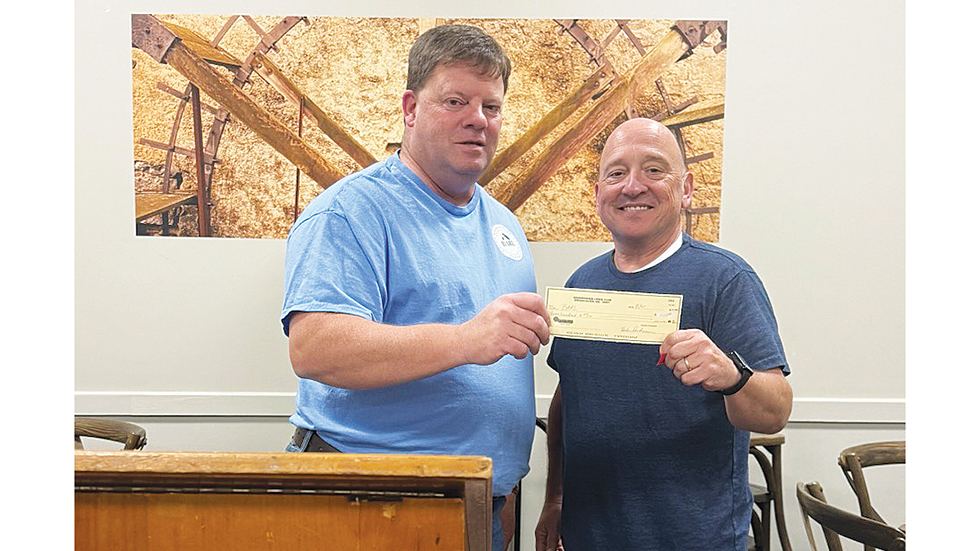Tropical sod webworms in home
Published 6:05 pm Saturday, September 24, 2016
In addition to the fall armyworm outbreak this year, we are also experiencing an outbreak of tropical sod webworms.
Tropical sod webworms occur every year in the coastal area of the state, but usually not in high numbers. This year they are being seen in higher numbers and farther north than usual. Many of our lawns in Lincoln County are being attacked. So far, I have not heard of heavy infestations north of I-20, but there is still time for them to move farther north.
The adults are small, light colored moths that are only about ½ inch long. The moths are not strong fliers, but there can be a lot of them. You may notice them when you walk through the yard or brush by shrub beds.
Trending
The caterpillars are also smaller than fall armyworms and are a clear, green color with small dark spots. Because they are smaller, it takes higher numbers to cause damage. Many of our lawns have experienced heavy infestations and damage.
Tropical sod webworms will feed on all warm season turfgrasses, including St. Augustine. Leaf blades with obvious signs of chewing damage are the first sign to check for. If you dig deeper into the turf you should see the caterpillars. You can also check for sod webworms by using the soap flush method. Mix two tablespoons of dishwashing liquid in one gallon of water — pour the solution over a two or three square foot area — the caterpillars will rise to the soil surface.
Treatments are the same as for armyworms. Pyrethroid insecticides such as bifenthrin (Ortho Bug-B-Gon), cyfluthrin (Bayer PowerForce), permethrin (Hi-Yield products) will work well on sod webworms. One easy way to treat is to use a hose-end-applicator or purchase the product in a ready to use hose-end applicator. Do not mow your lawn or irrigate within 24 hours of application.
Rebecca Bates is director of the Lincoln County Cooperative Extension Service. To contact her, call 601-835-3460.





